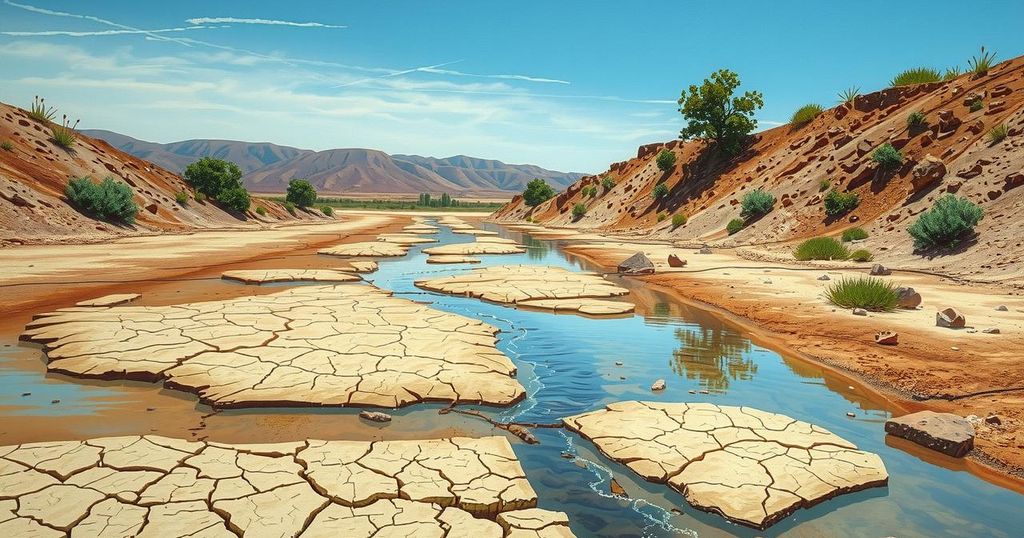10 Eye-Opening Facts About South Africa’s Water Crisis

This article outlines critical facts regarding South Africa’s water crisis, highlighting the inefficiency of water systems, lack of access, health implications of poor sanitation, and the high water usage against the backdrop of scarce resources.
Water is an indispensable resource, referred to as “life” by the South African Department of Water and Sanitation. With World Water Day approaching, it is crucial to comprehend both the local and global water situations. The following are significant facts highlighting the pressing water crisis in South Africa.
A staggering 50% of South Africa’s potable water is classified as non-revenue, meaning it is lost in the system due to inefficiencies and leaks. Additionally, over 3 million South Africans lack access to a basic water supply. Furthermore, 52% of individuals in informal settlements within Johannesburg have resorted to digging their own pit latrines due to this deficiency.
Globally, the lack of access to clean water results in 443 million school days lost each year due to water-related illnesses, as reported by the United Nations Development Programme (UNDP). Moreover, the South African Human Rights Commission has highlighted that 115 people in Africa die each hour from diseases linked to poor sanitation and contaminated water.
South Africa receives approximately 40% less rainfall than the global average, yet its water usage is significantly high. The global average water consumption is 173 liters per person per day, while South Africa’s average is 237 liters per person, which is concerning for a water-scarce nation. A breakdown of water utilization shows that 61% of South Africa’s water is used for agriculture, 27% for households, and 7% for industry, according to the Council for Scientific and Industrial Research (CSIR).
According to the latest Blue Drop Report, which evaluates compliance among South Africa’s 144 Water Services Authorities (WSAs), only 24 have made any progress towards Blue Drop compliance, and 40 are currently in critical conditions. The Water Services Act stipulates a minimum requirement of 25 liters per person per day for basic water supply. During the water restrictions known as “Day Zero” in Cape Town, the average consumption was 50 liters per person per day, underscoring the severity of the situation.
In conclusion, South Africa is facing a significant water crisis characterized by extensive inefficiencies, inadequate access, and alarming health implications. The country’s reliance on its agricultural sector and the stark contrasts in water consumption underscore the urgent need for effective management and reforms. As World Water Day approaches, it is vital to reflect on these facts and advocate for improved water sustainability and accessibility.
Original Source: infrastructurenews.co.za






